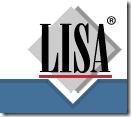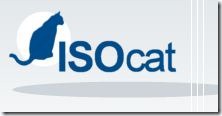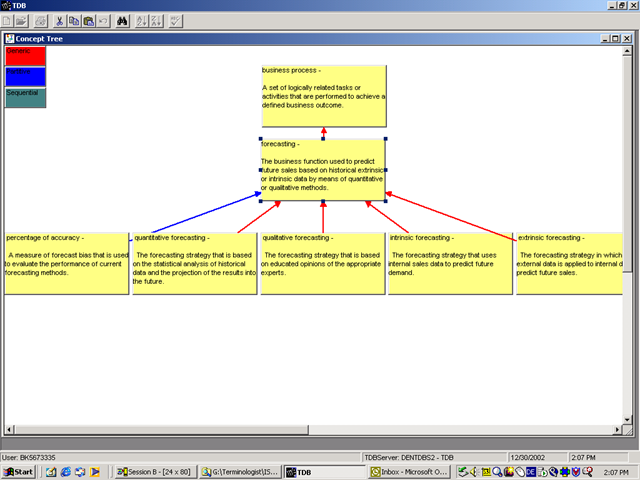Standards are nice, but they don’t do anything for you or, more importantly, the user of your terminology database, if you are the only one applying them. But how do you get a large virtual team of terminologists or language specialists to agree on and apply standards, such as ISO 12620, to database entries? And first: Why bother climbing such a mountain?
 Imagine you have a large document to author or translate. Your client gave you a dictionary to use. Because you are not sure of the meaning or usage of 50 terms, you look them up. But the dictionary holds you up more than anything: One entry contains a definition, the next one doesn’t; one provides context, but it is in a language you don’t understand; most terms make sense, but several of them are cryptic and the entry doesn’t provide clarity. If your client hadn’t insisted that you use the dictionary, you wouldn’t: It just slows you down.
Imagine you have a large document to author or translate. Your client gave you a dictionary to use. Because you are not sure of the meaning or usage of 50 terms, you look them up. But the dictionary holds you up more than anything: One entry contains a definition, the next one doesn’t; one provides context, but it is in a language you don’t understand; most terms make sense, but several of them are cryptic and the entry doesn’t provide clarity. If your client hadn’t insisted that you use the dictionary, you wouldn’t: It just slows you down.
The objective of a terminology database is to have consistent and correct terminology used in the product, in source as well as in target languages. To support that goal, users must be able to use a database entry quickly and easily—structure really helps here. Furthermore, users must be able to trust the information provided—transparent, clear and consistent entries create trust.
Ideally, you have a centralized team of trained terminologists who know the standards inside out and apply them religiously. If you don’t, select/create a tool that supports standards adherence as much as possible. Some simple examples: If definition is mandatory, automatically enforce it; if the term is a verb, hide the Number field; if the language is English, hide the Gender field. Tools can do a lot, but your team very likely still needs a standard.
 The Microsoft terminology team did. Simply handing a standards document off to the team had not been successful in the past—nobody could remember it, many entries therefore contained unstructured, if not incorrect information, and there was no incentive to adhere to standards. A more collaborative effort was called for: Together, in-house terminologists went through data categories one by one. Because we were a virtual team, e-mail was the best form of communication. Each data category was dealt with in one e-mail that contained: the definition, a scenario and voting buttons that allowed the team to agree with the meaning or disagree and make a better suggestion. Team members could participate in the voting, but they didn’t have to. However, anyone knew from the beginning that they had to accept the outcome, regardless of whether they participated or not. After the new guide had been published, measurements were carried out and documented in a quarterly report. Terminologists then set their own deadlines for cleaning up entries to comply with the standards.
The Microsoft terminology team did. Simply handing a standards document off to the team had not been successful in the past—nobody could remember it, many entries therefore contained unstructured, if not incorrect information, and there was no incentive to adhere to standards. A more collaborative effort was called for: Together, in-house terminologists went through data categories one by one. Because we were a virtual team, e-mail was the best form of communication. Each data category was dealt with in one e-mail that contained: the definition, a scenario and voting buttons that allowed the team to agree with the meaning or disagree and make a better suggestion. Team members could participate in the voting, but they didn’t have to. However, anyone knew from the beginning that they had to accept the outcome, regardless of whether they participated or not. After the new guide had been published, measurements were carried out and documented in a quarterly report. Terminologists then set their own deadlines for cleaning up entries to comply with the standards.
ISO 12620 doesn’t just enable data exchange, as we saw in last week’s entry. At J.D. Edwards and Microsoft, it also helped create standards guides. I am sure not every field is filled in correctly; perfection is not the point. But with shrinking budgets and tighter deadlines, a database that could cost millions of dollars must support the user as best as possible in their endeavor to create reliable communication. A standards guide based on an international standard is a good tool you can use to climb that mountain.


